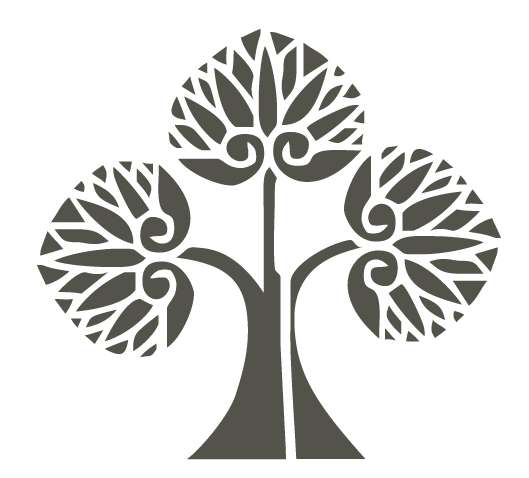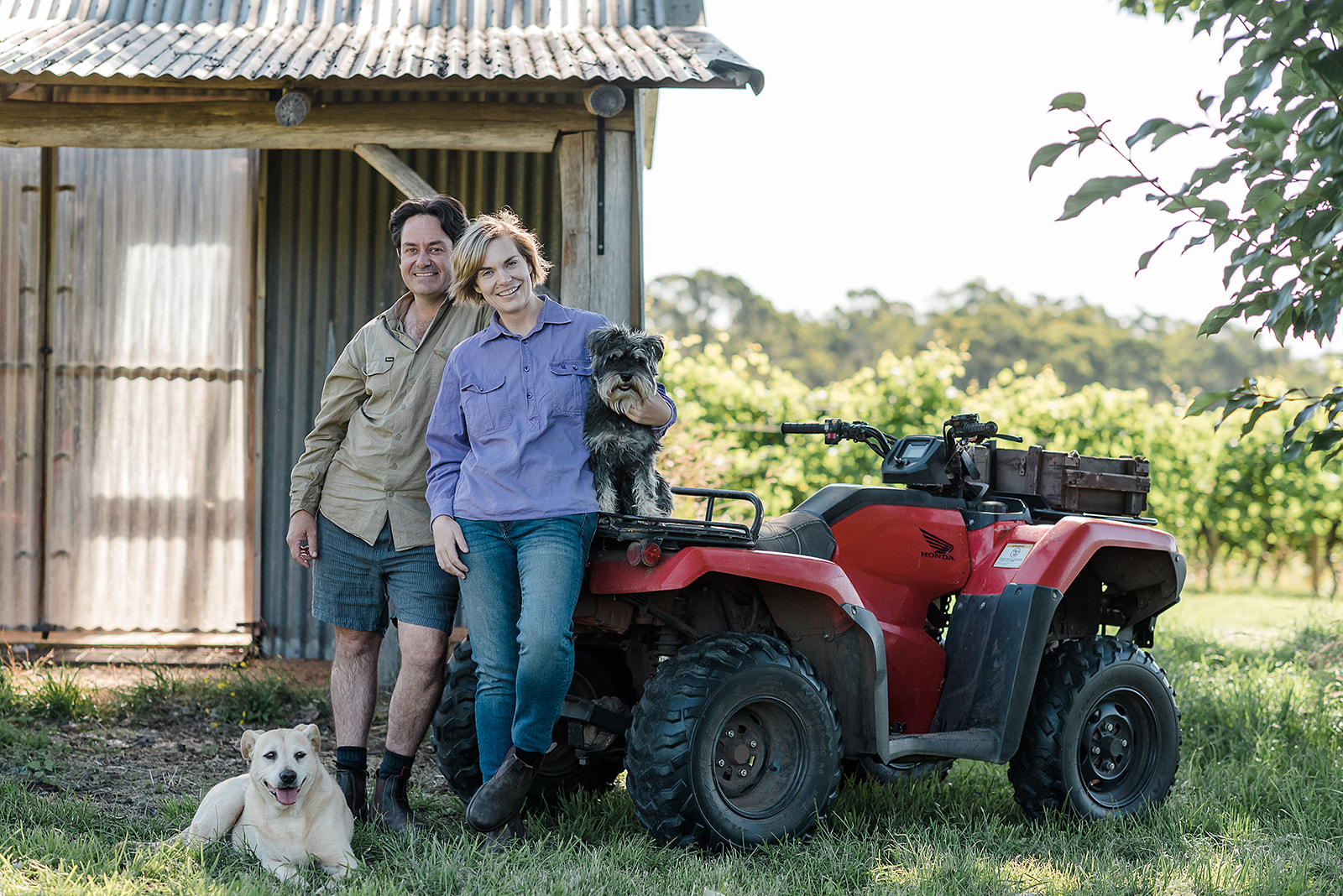
Photo by Georgie James @bygeorge_photo
〝in the end, we do this kind of work because it connects us to a place and to an industry. We’re part of something big, risky and real, but also something ethereal and intangible…〞
HOW IT ALL STARTED..
Watching the boom in wine & viticulture transform the King Valley throughout the 1990’s, my parents joined the cavalcade of farmers investing in vines towards the end of the decade. The demand for grapes was insatiable and it turned out to be a successful gamble. To the original 20 acres, another 20 was added in 2006. Surviving the subsequent bust, bushfires & all manner of impossible weather, we’ve managed to sell grapes most years, with the production of our own wines starting properly in 2010.
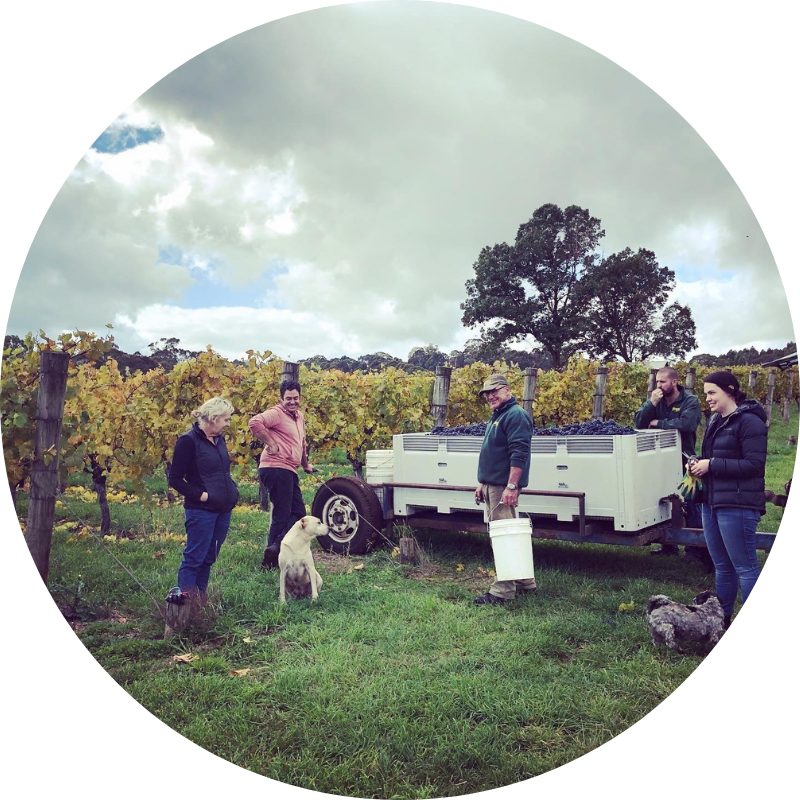
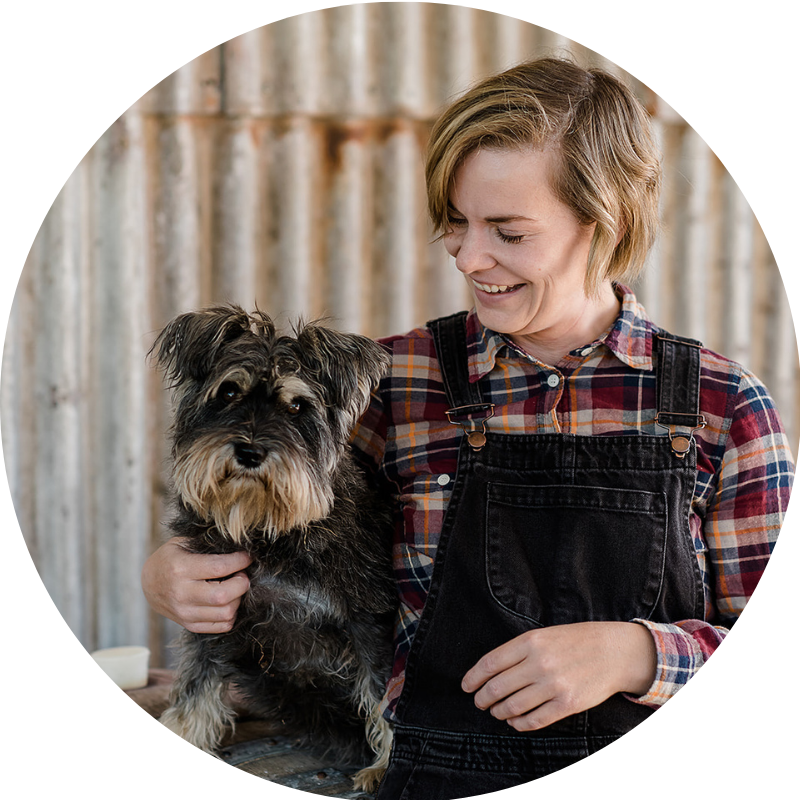
MORE ABOUT CLARE
I love the convivial side of wine, the joy, the discussion, the history, culture, people & the places. With this in mind I guess you could say I take wine seriously but I’m not a serious person. I consider myself only a custodian of our farm and am working towards leaving it in better shape than when I started. I want my wines to be honest, captivating, delightful and unpretentious. I hope they convey something about this place and how connected we are too it.
Photo by Georgie James @bygeorge_photo
MORE ABOUT PETE
My partner in life and work, Pete is the kind of person who absolutely loathes little biographical pieces like this one. So I’ll keep it short: our vineyard has never been in better hands. Pete has an intuitive, instinctual & knowledgeable knack for growing healthy & balanced grape vines. When he’s not here, he’s working on his own vineyard in Central Vic, called Animism. It’s Australia’s first vineyard farmed using entirely holistic, regenerative principles. It’s only two years old so watch this space…
Photo by Georgie James @bygeorge_photo

Our take on grapegrowing & winemaking
By no means a manifesto, what we’re trying to achieve is simple: to grow healthy, balanced vines and make the best wine possible from them. What does this mean in practice? Since taking over the vineyard in 2018 we are trying to farm in ways that reduce our environmental harm. We have implemented big changes in our canopy management in order to reduce our chemical use and we have instigated a trial block under organic management to evaluate its potential roll out across the vineyard. It has not been particularly successful after two years of La Nina level rain (which leads to high disease pressure) but we will keep trying. We are also working on a solution to eliminate herbicide use under vine, we don’t cultivate or irrigate, we encourage grass cover between the rows and we do not use any fertiliser. This winter we are introducing grazing animals into the vineyard to keep the grass down – which reduces fuel use from mowing. However, by nature of our location the vineyard does suffer high disease pressure so any move toward less intervention is easier said than done, not to mention being very slow and very expensive. Pete has vast experience in both conventional and regenerative agriculture, so we’re working towards trying to balance our personal ideals (which favour a low input, whole systems approach) with our commercial agreements and our budget. We are totally transparent about our grape growing and winemaking practices and will keep you informed as we progress.
Despite the vineyard being 21 years old now, we are really just getting started in terms of understanding each block, clone and variety. From a winemaking point of view, this is where the adventure begins. With our micro winery, we’re able to experiment with tiny batches and develop insight about how we can best process each parcel.
I will never describe myself as a ‘lo-fi’ winemaker because I find these categories counter productive. However, I do really try and do everything in my power to get the wine into bottle with as little adjustment as possible (but, when it doesn’t work as planned, I’ve got no hesitation in using winemaking interventions because I am a pragmatist and a business owner). Having said that, my guiding principle is that I aim to make wines to taste and feel like they came from Whitlands with regard to their character, texture and process. Typically, this means that we don’t use any yeast, enzyme or nutrient additions, nor do we add water, tannin, colour or acid. Additionally, the table wines (the wines without bubbles) are not filtered, fined or cold stabilised. Each wine release is accompanied by full specs. Where possible, we use locally made lightweight bottles, and we are in the process of developing a Net Zero by 2030 strategy which will include the winery being converted to solar and the replacement of diesel powered machinery with green alternatives. We’ll publish this when it’s complete.
Overall, we aim to make wines that inspire a conversation, are an accompaniment to a celebration or just something delicious that makes a meal a little bit more memorable. In the end we do this kind of work because it connects us to a place and to an industry. We’re part of something big, risky and real, but also ethereal and intangible. It’s art, nature, agriculture, science and plenty of hard work. It gives us meaning and purpose. And for all these reasons and plenty more, it’s time for another glass.
Meet our furry friends
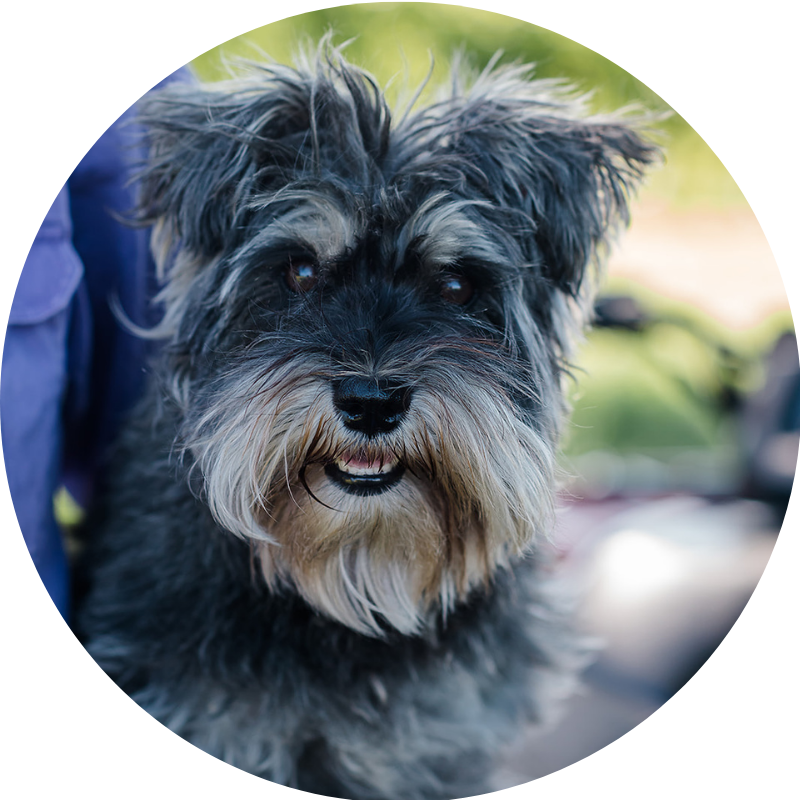
Panko
Named after ‘the superior crumb’, Panko is my own little nightmare, impossibly naughty but oh so charming.
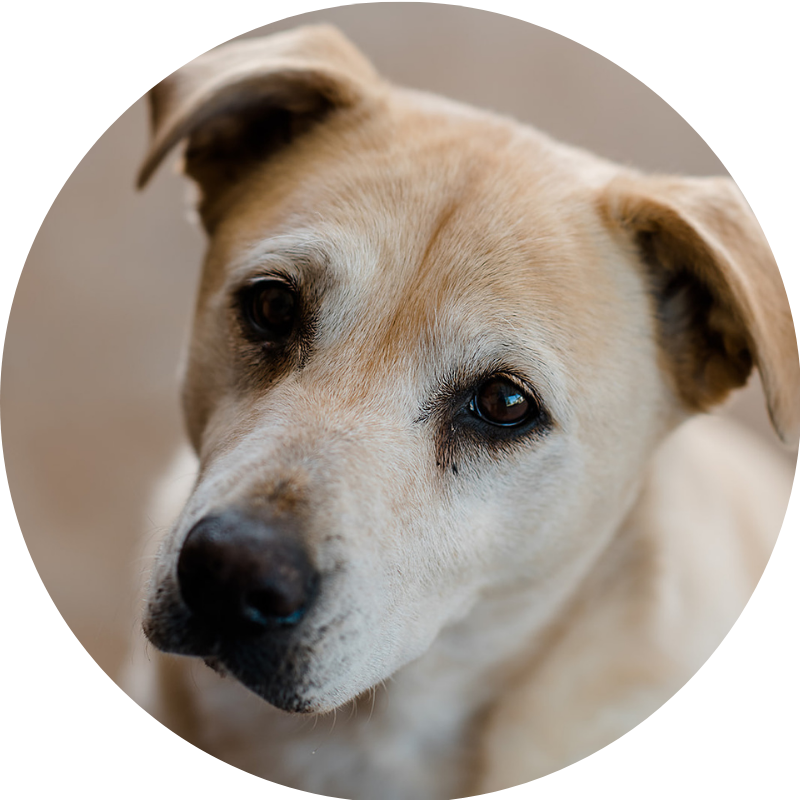
Cass Doggo
Pete’s dog Cass is the most endearing, well behaved, devoted, lovable lab you’ll ever met.
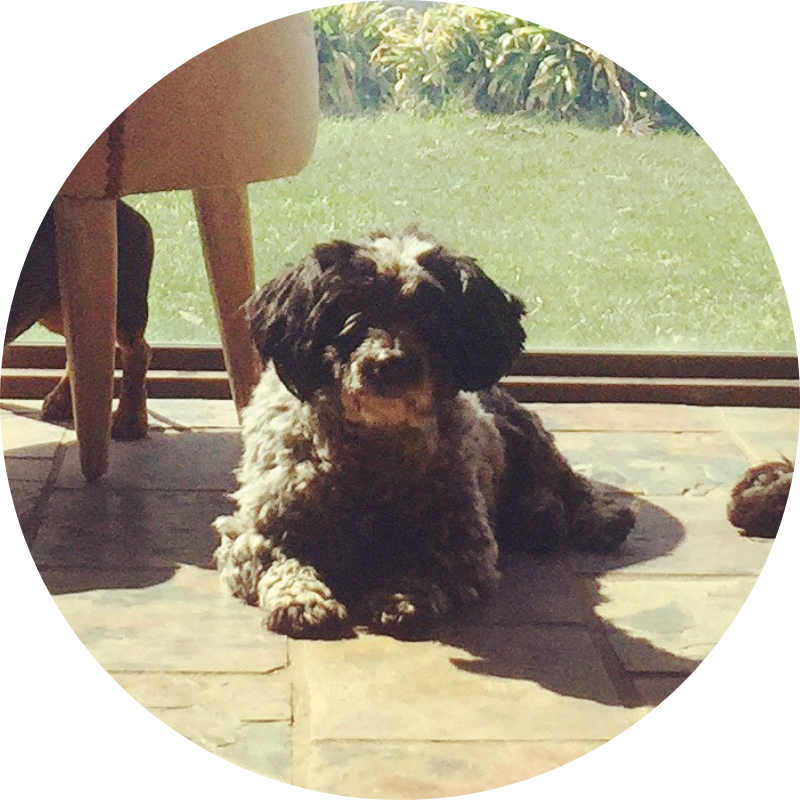
Misha
She’s getting on a bit now but Mischa is still the favorite…despite being a world class snorer 🙂
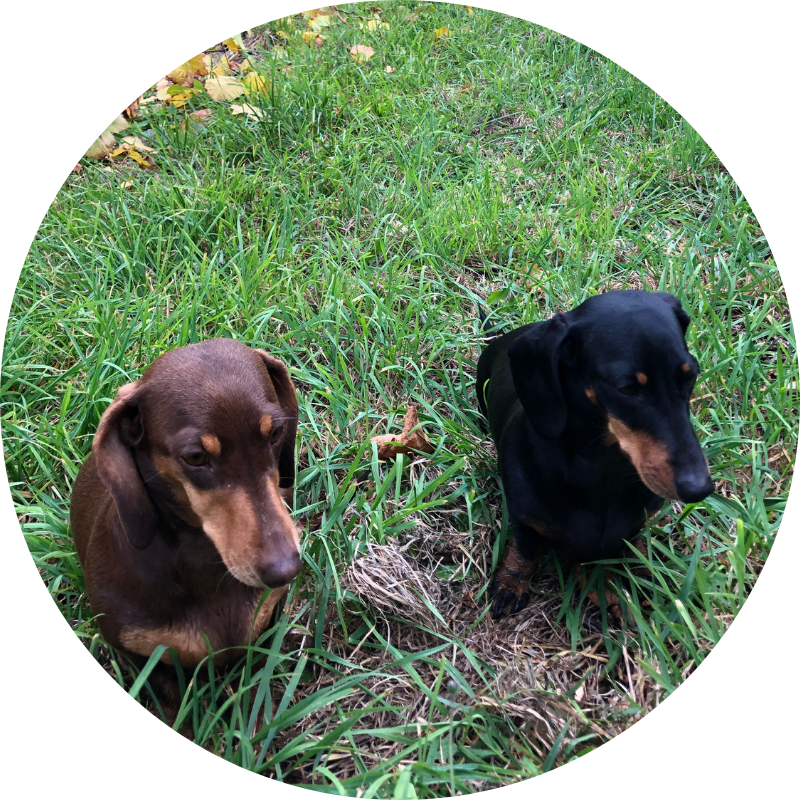
Polly & Lou Lou
Polly & Lou Lou belong to my brother but love being out in the vineyard. See more cuteness @bonn1991.
And our Highlander cows, of course …
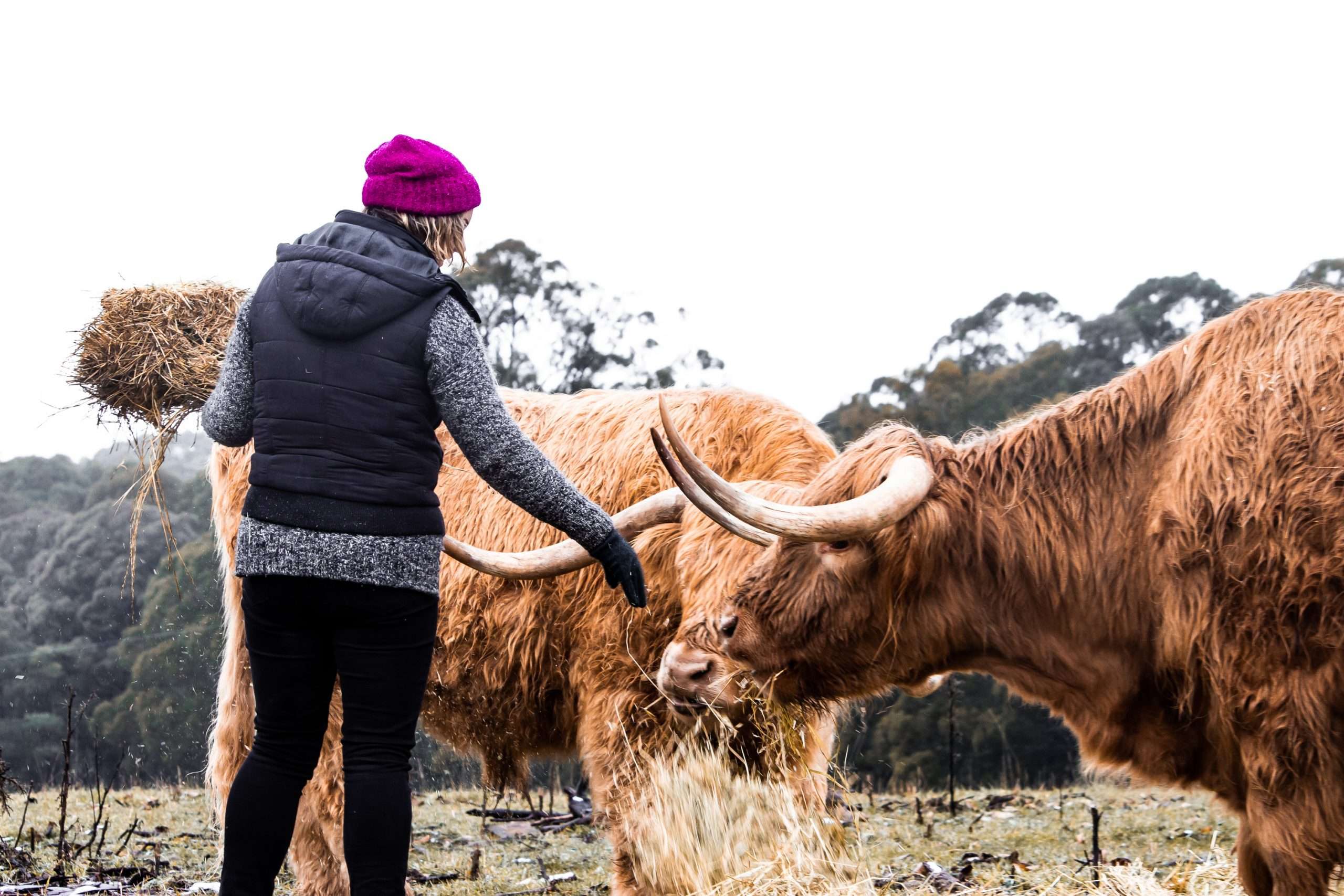
Photo by Shaye Hughes @neleheyahs
